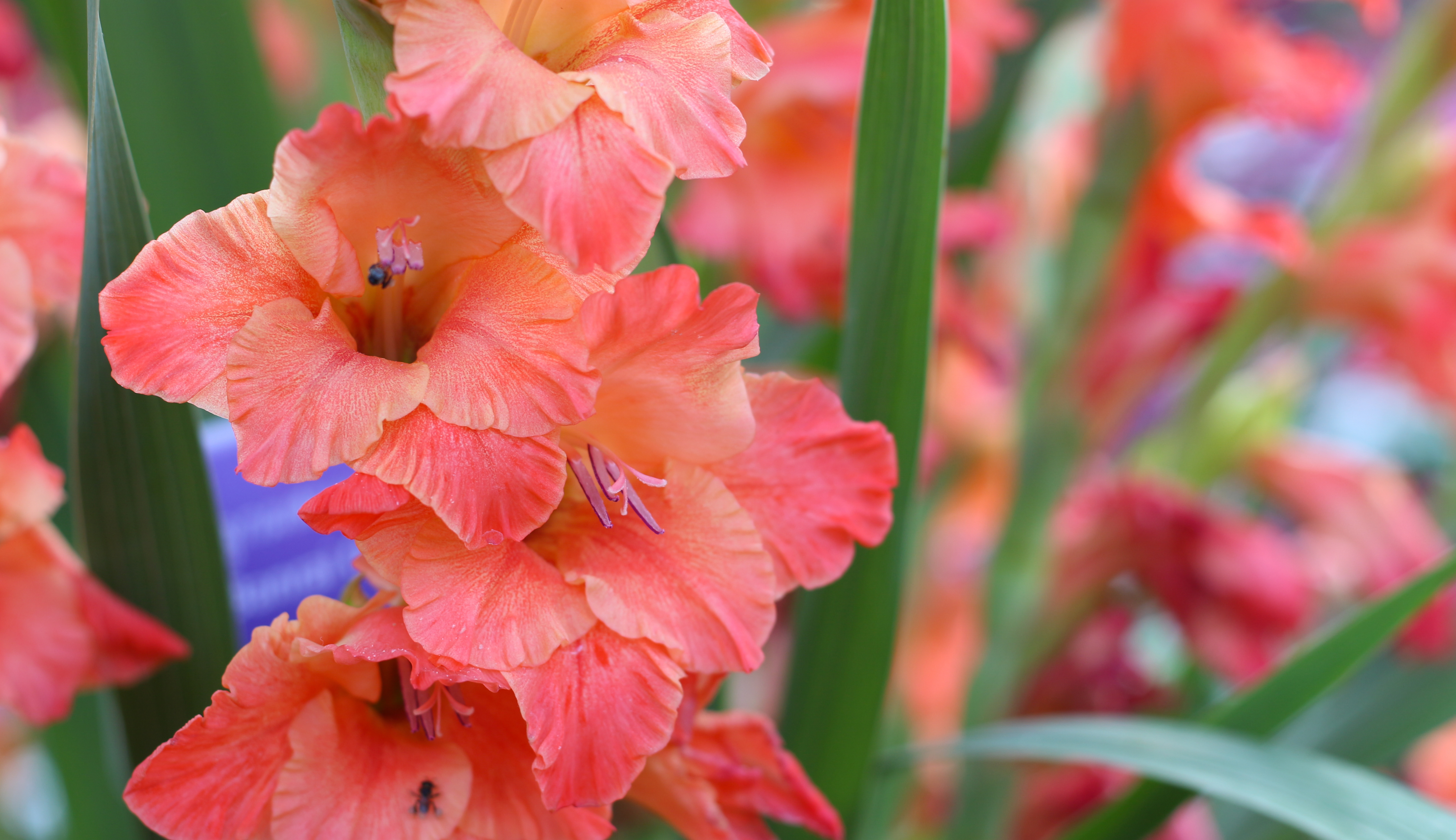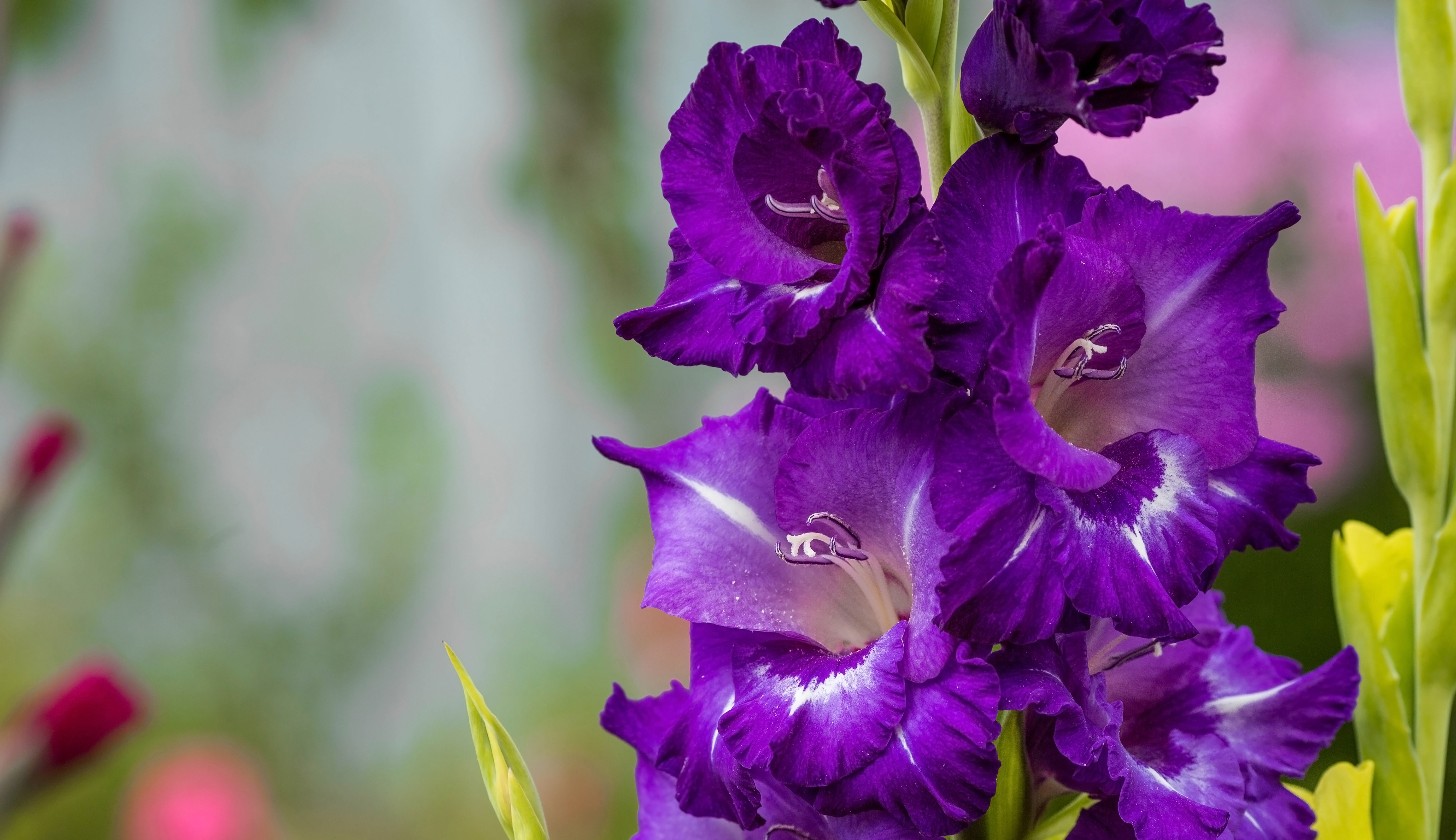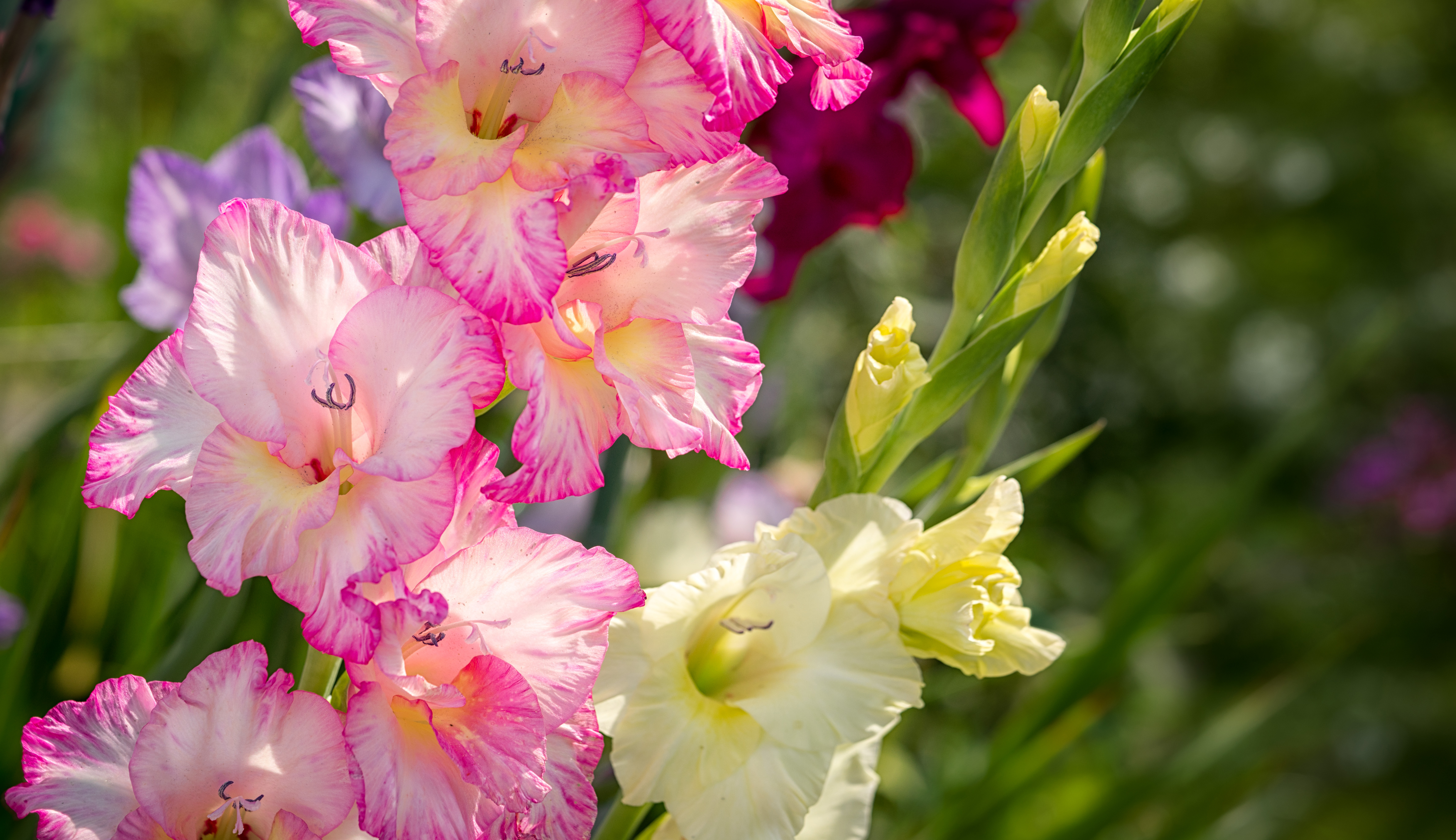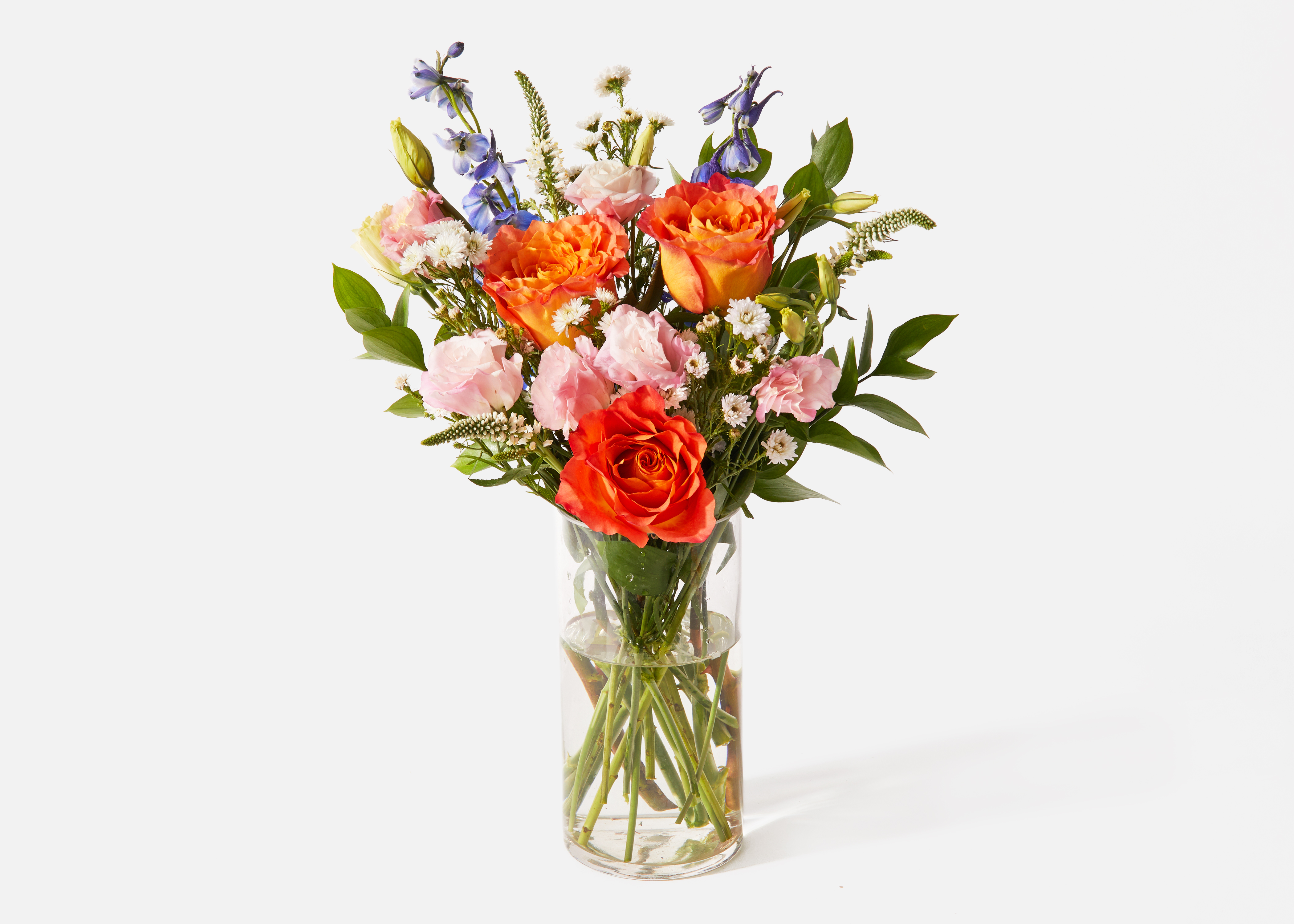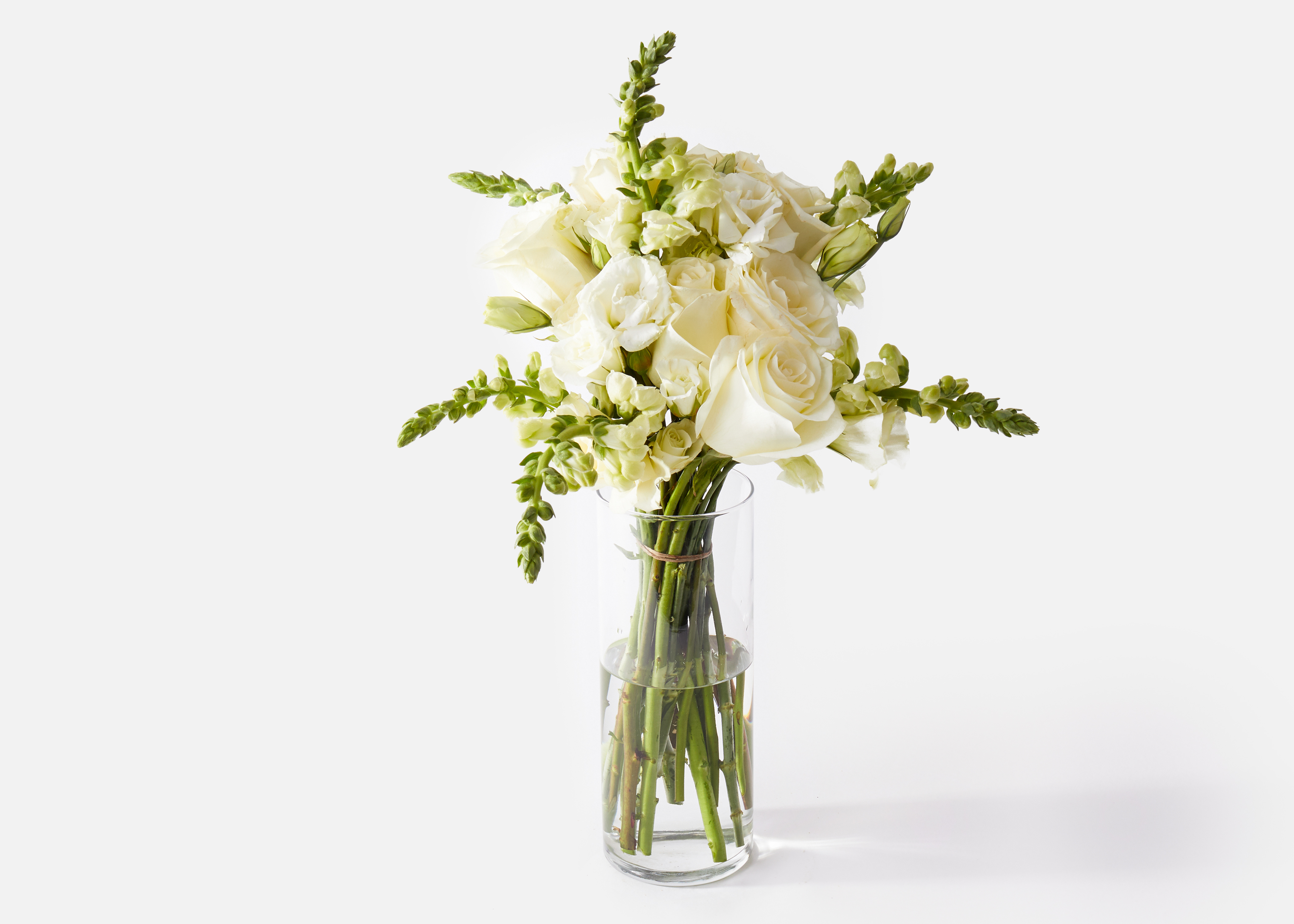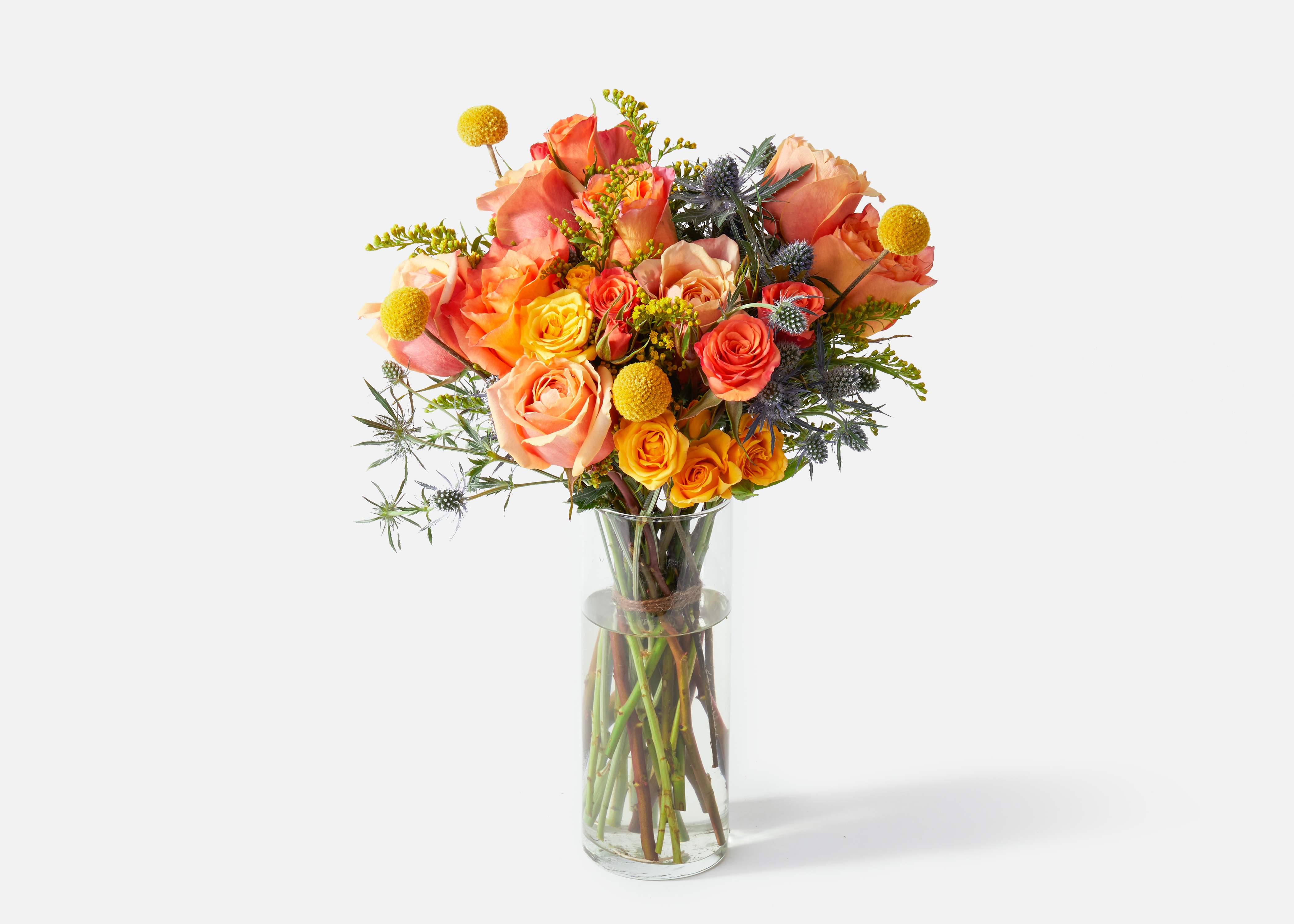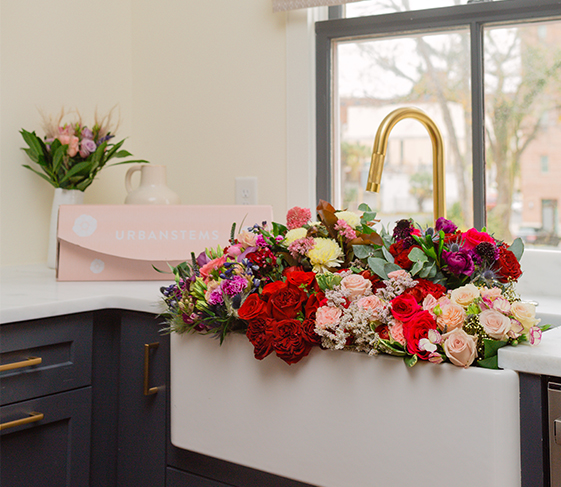If you’re the lucky recipient of gladiolus for your birthday or you’ve treated yourself to this beautiful flower, these maintenance tips will help you nurture them so they last as long as possible. Begin by placing them in a clean vase in clean, lukewarm water. Find a spot where they can enjoy exposure to full sunlight, which is ideal for ensuring they thrive. While they won’t wilt in partial shade, you’ll notice they look more vibrant and lively in the sunshine.
Assess the condition of the arrangement at least every couple of days. Look for signs of fading and discoloration, and remove any flowers that don’t look as robust as the others. Be mindful of any foliage that may otherwise be submerged in the water, too. Remove these leaves, or you risk dealing with unexpected rot that affects the health of the stem and the integrity of the water.
Cut at least an inch off the bottom at an angle, which allows the stems to soak up as much moisture as possible. Use a non-serrated blade, as any ragged or frayed cuts could cause premature decay. The idea is to produce as clean and flawless a cut as possible. To avoid dealing with possible air bubbles that may otherwise prevent the flowers from absorbing moisture, keep them submerged in water while you cut.
Then pour out the old water and replace it with fresh, lukewarm water when you’re done examining the arrangement. For optimal results and to protect the integrity of the stems, rinse them out before you put them back in the vase. That will minimize any bacteria or debris they may have picked up during this time. Add flower food to the vase, and repeat this entire process regularly to get the most out of your gladioli.
Ideally, aim to purchase gladioli when the blooms haven’t yet opened fully. That will give you or your recipient more time to nurture them and enjoy their beauty. Keep in mind, too, that sunlight is your gladioli’s best friend. However, when the flowers open, you can move the arrangement away from sources of heat and direct light, including windows and space heaters. A spot with indirect light is ideal, so long as the plant has a chance to catch some rays. Otherwise, you risk dealing with dehydrated flowers. As always, if you notice any damage to specific stems, simply pluck them away to prevent them from harming the rest of the arrangement.

